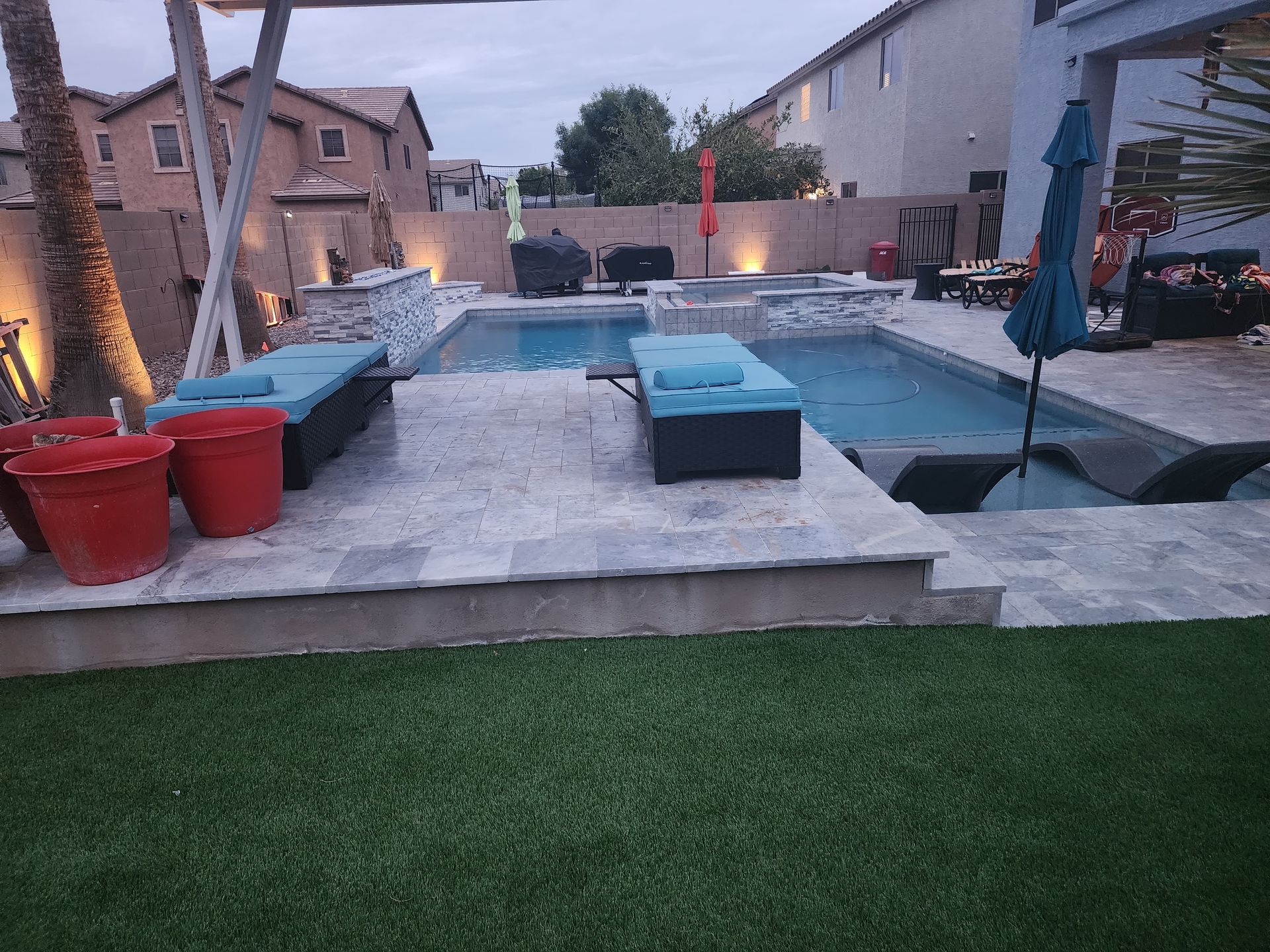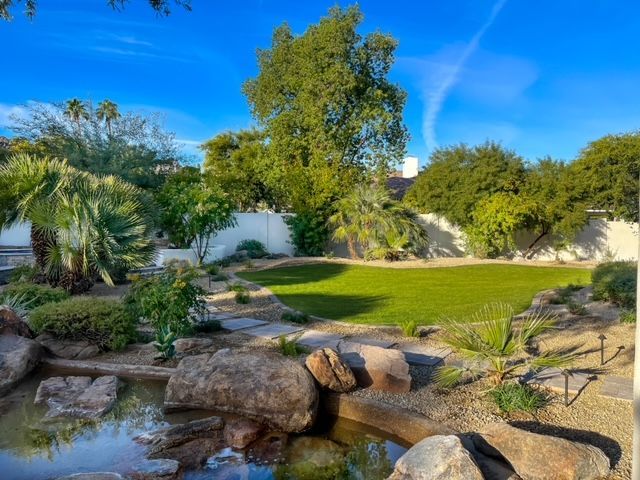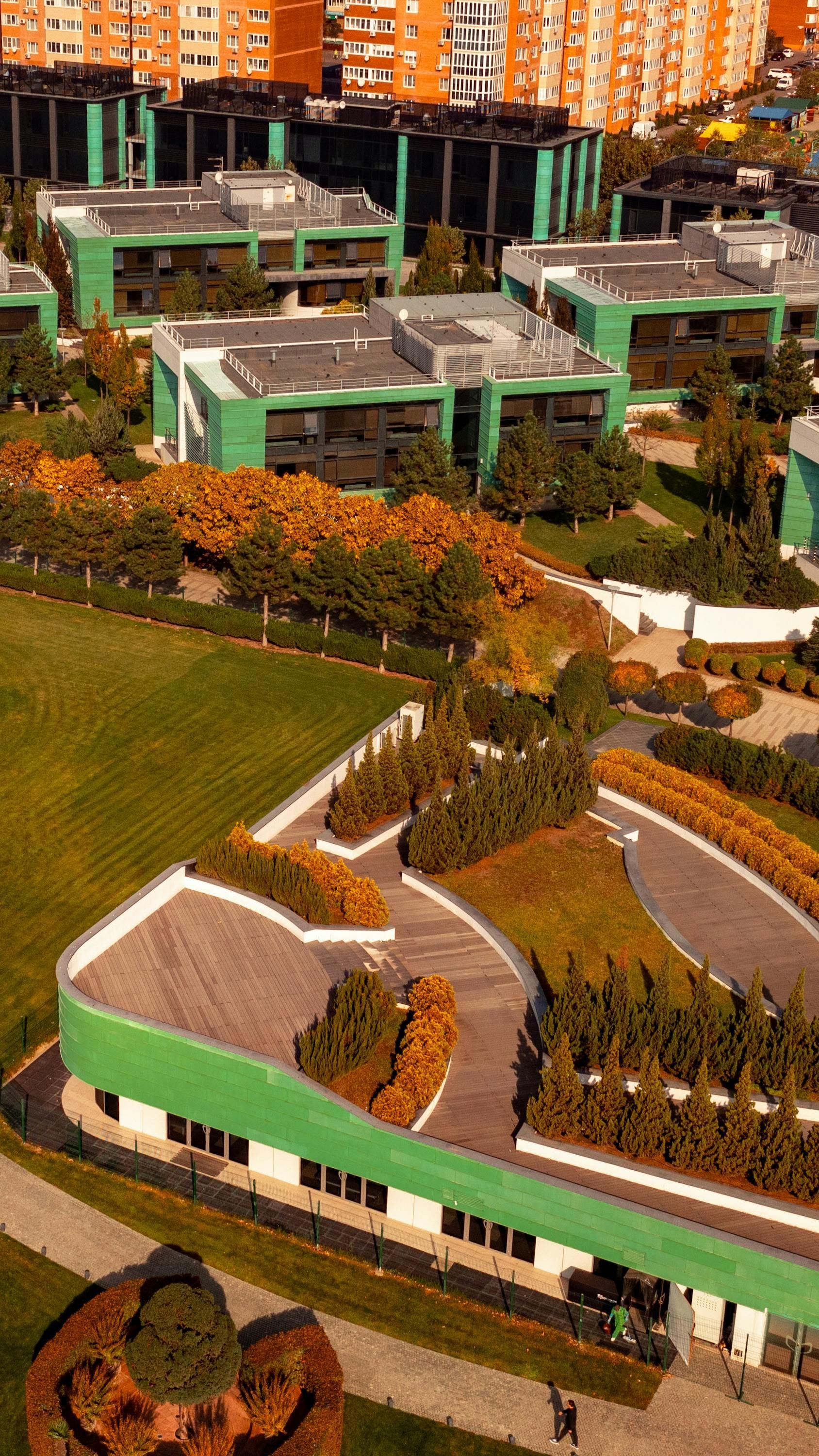Water Conservation Strategies For Your Landscape

Water conservation is a critical issue that must be addressed in order to ensure the future of our planet.
In this article, we will explore strategies for conserving water in landscaping and gardening by taking advantage of natural features like rainwater harvesting, mulching, and xeriscaping. By implementing these measures, it is possible to reduce consumption while still having an attractive and inviting landscape.
Water-wise landscaping is becoming increasingly popular as individuals seek ways to maximize their outdoor spaces without consuming too much water or energy.
Through careful planning and design, individuals can create landscapes that are both environmentally friendly and aesthetically pleasing.
Rainwater Harvesting
Rainwater harvesting is a water conservation practice that involves collecting and storing rainwater for future use.
Rain barrels are commonly used to capture rain runoff from rooftops or other surfaces, which can then be used to irrigate landscaping and gardens.
Not only does the installation of these systems help mitigate stormwater runoff, but they also provide an inexpensive source of irrigation water.
The benefits of installing a rain barrel system on one’s property are numerous.
First, it allows individuals to supplement their outdoor watering with free precipitation; second, capturing run-off reduces potential flooding and erosion problems; third, it helps conserve potable water as harvested rainfall can often substitute for using treated drinking water in many applications such as lawn maintenance and gardening.
Finally, by reducing demand on municipal sources of drinking water during dry periods, citizens contribute to keeping drinking water costs down for themselves and their community at large.
Mulching
Mulching is an effective water conservation strategy for a landscape. It involves the use of organic or inorganic materials to cover the soil surface, which can help reduce evaporation and conserve soil moisture.
There are many types of mulch available, such as natural wood chip, straw, hay, newspaper, leaves and even rubber pieces made from recycled tires. Each type has its own advantages and disadvantages; however they all have the same effect on conserving soil moisture by reducing either runoff or evaporation.
Organic mulches also provide additional benefits beyond just keeping moisture in the soil. Organic matter breaks down over time into humus that helps improve overall soil structure and fertility. This improved soil structure allows more water to be held close to plant roots where it can be absorbed rather than running off or evaporating away.
In addition to providing these important benefits, adding a layer of mulch around plants can also reduce weeds and insulate their roots during extreme temperatures.
Xeriscaping
Mulching can be an effective water conservation strategy for landscapes as it helps maintain moisture levels in the soil and prevents weeds from taking over.
Transitioning to xeriscaping is another excellent way to ensure that your landscape remains ecologically balanced while also conserving precious water resources.
Xeriscaping requires a focus on using plants that are native or adapted to the local environment, meaning they can survive with little supplemental irrigation.
This approach reduces the need for frequent watering which saves time and money.
Additionally, adding water efficient appliances such as drip systems and soaker hoses help conserve even more water by delivering just enough water directly to plant roots without excessive runoff or evaporation.
Implementing these strategies creates a landscaped area that not only looks great but uses significantly less water than traditional designs.
Native Plants
Incorporating native plants into one's landscape is an effective way to conserve water, improve soil quality, and attract beneficial wildlife.
Native soils are full of nutrients that are essential for plant health as well as microorganisms that facilitate nutrient cycling.
Furthermore, planting a variety of species will create a pollinator garden, encouraging the presence of bees, butterflies, and other insect life.
When selecting native plants it is important to take into consideration the amount of sunlight they receive throughout the day; some plants require more light than others do.
Additionally, be mindful of the growing conditions in your area – select species that can thrive within those parameters so you don't have to use additional resources such as fertilizers or pesticides which can negatively impact local ecosystems.
With thoughtful planning and implementation, creating a beautiful landscape with native plants while conserving water can be achieved.
Drip Irrigation
Drip irrigation is a type of water conservation strategy for landscaping that involves the direct application of water to the soil through low-pressure, slow-release emitters.
This method can be used on a variety of different landscape types and plants, including trees, shrubs, vegetables, flowers, and lawns.
The use of drip irrigation allows for precise watering with minimal run-off or evaporation losses; it also provides more uniform coverage than traditional sprinklers.
When paired with soil moisture sensors, this system can deliver just enough water at just the right time in order to optimize plant growth while conserving resources.
It is also possible to connect multiple emitters together in order to maximize efficiency even further; these systems may include valves that allow for automatic shut off when desired levels have been reached.
Additionally, some systems are designed to recycle rainwater from downspouts or other sources into their own reservoirs for reuse later on.
With all these advantages taken into consideration, it's easy to see why drip irrigation has become an increasingly popular choice among homeowners wishing to conserve both energy and water over time.
Smart Irrigation Controllers
Drip irrigation is an efficient and effective way to water landscaping, but it can be difficult for homeowners to know when the best time to use this method of irrigation is; this is where smart controllers come in.
Smart controllers are devices that allow users to precisely control their watering systems by using weather sensors and other advanced technology. These controllers have been designed with built-in features like rain delay settings or soil moisture detection capabilities so that users do not over-water their landscape.
Additionally, many modern models also feature Wi-Fi connectivity and apps that let them program their sprinkler system from anywhere. Smart controllers offer significant improvements over traditional manual methods of irrigating a yard as they ensure that plants get just the right amount of water at the optimal times throughout the day.
This saves both money and resources while still providing enough hydration to keep lawns looking lush and healthy year round. In addition, these units work seamlessly with drip irrigation systems making them even more attractive for those who want an easy way to conserve water usage in their outdoor spaces.
Water-Wise Landscaping Design
Water-wise landscaping design is an effective way to conserve water. It involves changes in plant selection, soil amendments, and surface treatments that increase the efficiency of water use for a given area.
Planting native or drought-tolerant plants can help reduce water consumption by reducing irrigation needs. Additionally, amending soils with organic matter such as compost helps to improve its structure and ability to hold more water, thus allowing for better infiltration into the ground instead of being lost through evaporation. Surface treatments like mulch have been shown to reduce evaporation from bare dirt surfaces while also providing insulation against heat during the summer months which can further reduce irrigation requirements.
Furthermore, proper maintenance practices such as mowing at higher heights, watering deeply but infrequently, avoiding fertilizer applications when not necessary and using drip irrigation systems will contribute greatly towards achieving significant savings in water usage over time.
Conclusion
Landscapes can be designed and maintained in ways that reduce water consumption and conserve resources.
Rainwater harvesting, mulching, xeriscaping, native plants, drip irrigation, smart irrigation controllers and water-wise landscaping design are all effective strategies for reducing the amount of water used to maintain a landscape.
These methods allow landscapes to remain lush and healthy with significantly less water than traditional designs require.
By utilizing these techniques, homeowners can rest assured knowing their landscapes will remain beautiful while using only the necessary amounts of water.
You might also like
Book a Service Today
We will get back to you as soon as possible
Please try again later
Business hours
- Mon - Fri
- -
- Saturday
- -
- Sunday
- Closed
Phone: 480-660-4666


